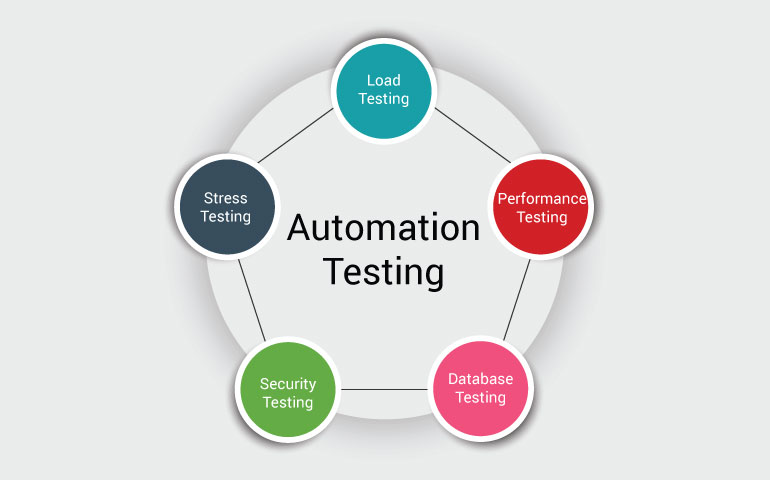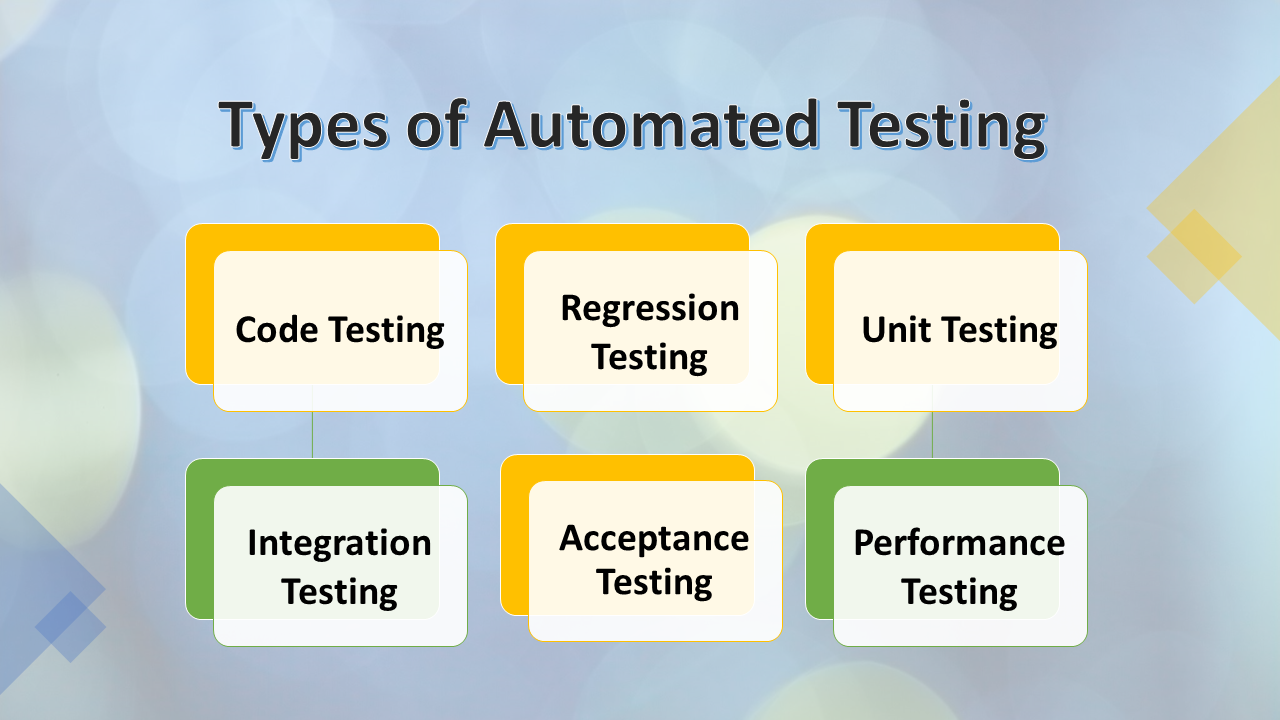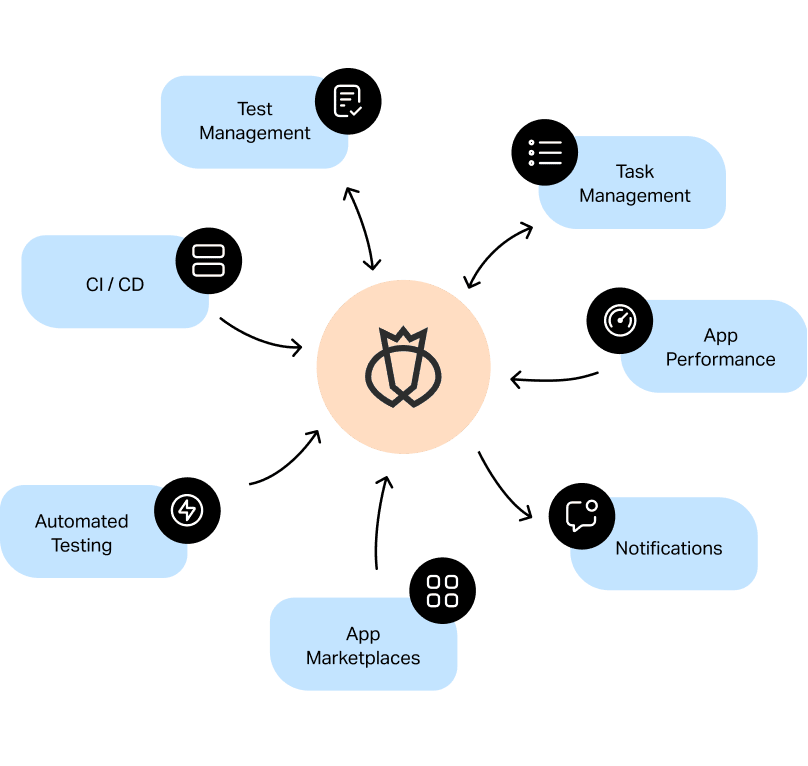Understanding Automation Testing: Devices, Strategies, and Advantages
Understanding Automation Testing: Devices, Strategies, and Advantages
Blog Article
From Handbook to Automated Testing: A Comprehensive Guide to Transitioning Efficiently and Properly
In the realm of software screening, the change from manual to automated procedures has actually ended up being a progressively crucial shift for organizations looking for to boost performance and accuracy in their testing practices. As technology proceeds to breakthrough, the requirement for seamless and effective automated screening approaches has actually never been much more pressing. The trip from handbook to automated testing is not without its challenges, yet when approached strategically and with a clear strategy in mind, the advantages can be significant - automation testing. In this detailed guide, we will certainly check out key actions and considerations important for an effective shift, from the initial selection of devices to the integration of automation right into existing process. Stay tuned to discover the insights that will certainly help lead the method for a smoother and much more reliable testing procedure.
Advantages of Automated Testing
Automated screening offers various benefits, enhancing performance and precision in software program growth procedures. One primary advantage is the significant reduction in screening time. Automated examinations can be run concurrently on numerous devices and operating systems, significantly accelerating the testing stage compared to hands-on screening. This raised efficiency enables for faster comments on the top quality of the software, enabling designers to recognize and deal with concerns immediately.
In addition, automated screening makes certain a greater degree of precision in finding issues. Given that automated examinations adhere to predefined scripts, human error is minimized, causing more reputable test results. Uniformity in screening is likewise boosted, as automated tests implement the very same steps specifically each time they are run. This uniformity is essential in ensuring that all capabilities of the software program are completely evaluated, reducing the chance of unseen insects slipping via to manufacturing.
Choosing the Right Devices

Firstly, assess your objectives and requirements. Understand the scope of your task, the modern technologies included, and the capability of your group. This evaluation will help you identify the capacities and attributes you need in your testing devices.
Second of all, consider the compatibility of the devices with your existing systems and procedures. Seamless integration with your existing software application advancement lifecycle is necessary to ensure a smooth shift to automation.
Furthermore, evaluate the scalability and adaptability of the tools. As your screening needs advance, the devices ought to be able to adapt and suit modifications properly.
Finally, factor in the assistance and community around the devices. When applying automated screening, robust assistance and an active individual community can supply important sources and assistance. By very carefully considering these elements, you can pick the right tools that line up with your demands and set the phase for an effective transition to automated testing.
Creating Effective Test Manuscripts

When crafting test manuscripts, it is important to take into consideration the certain needs of the software application being examined and guarantee that the manuscripts resolve all essential performances. Descriptive and clear calling conventions for test scripts and test instances can enhance readability and maintainability. In addition, incorporating mistake handling devices within the test scripts can assist in determining and resolving issues quickly.
In addition, arranging test scripts right into modular parts can improve reusability and scalability, decreasing redundancy and improving performance in test script maintenance. Routine testimonials and updates to examine scripts are essential to equal advancing software requirements and functionalities. By complying with these concepts, testers can develop durable and reliable test scripts that contribute considerably to the success of automated testing processes.
Integrating Automation Into Workflows
Effective combination of automation tools into existing process boosts and enhances procedures efficiency within software application advancement cycles. When integrating automation into process, it is important to determine repetitive tasks that can be automated to save time and reduce human mistake. By flawlessly incorporating automated screening tools like Selenium or Appium into the software development lifecycle, groups can attain faster feedback on code adjustments, bring about quicker insect discovery and resolution. This combination permits continual testing throughout the advancement process, ensuring that any issues are determined early on, leading to greater software application high quality. Furthermore, automation can be utilized to trigger examinations immediately after each code commit, giving immediate validation and maximizing testers to focus on even more complicated circumstances. Correct assimilation of automation devices needs collaboration in between development, screening, and operations groups to establish a unified operations that optimizes efficiency and effectiveness in delivering high-quality software program products.
Making Certain a Smooth Transition
Efficiently transitioning to automated testing includes careful preparation and mindful execution to lessen disruptions and make the most of efficiency in the software growth procedure - automation testing. To ensure a smooth transition, it is vital to start by carrying out a detailed analysis of the current testing procedures and identifying locations where automation can sites bring one of the most considerable advantages. Involving with all stakeholders beforehand while doing so, consisting of programmers, testers, and job managers, is important for gathering assistance and buy-in for the automation campaign
Interaction is essential during this transition stage. Clear interaction of the objectives, advantages, and expectations of automated testing helps to take care of any kind of resistance or worries that may occur. Additionally, giving appropriate training and sources for employee to upskill in automation tools and techniques is vital for making visit this web-site certain an effective shift.

Verdict
To conclude, transitioning from manual to automated testing offers various advantages, including boosted effectiveness and dependability. By choosing the proper tools, composing effective test scripts, and incorporating automation flawlessly right into operations, companies can make sure a smooth and effective shift. It is important to accept automation as an important asset in software screening procedures to enhance overall quality and performance.
In the world of software application testing, the change from guidebook to automated processes has become a significantly crucial shift for organizations looking for to improve effectiveness and precision in their screening practices. Automated examinations can be run concurrently on multiple tools and operating systems, dramatically speeding up the screening stage compared to manual testing. Consistency in screening is also boosted, as automated tests execute the exact same steps specifically each time they are run.To guarantee the effective application of selected testing devices, the development of efficient test manuscripts plays a crucial duty in verifying the functionality and performance of automated procedures - automation testing. By complying with these concepts, testers can create durable and effective test manuscripts that contribute substantially to the success of automated testing procedures
Report this page